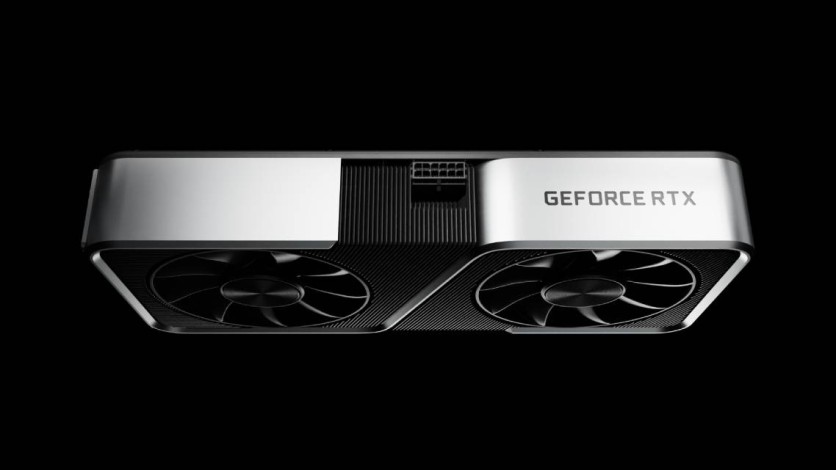NVIDIA equipped their mid-range RTX 3060 graphics card a bit differently when they first launched them. But this recent discovery is painting the 3060 a bit differently, which could mean major implications involving Team Green.

According to WCCFTech, a host of NVIDIA RTX 3060 cards have been spotted sporting a different GPU die: GA104, instead of the original GA106 Ampere chips.
This discovery was made by a man named Matthew Smith, who works as the GPU database editor for the computer hardware site TechPowerUp.
The GA104 is a higher-tier chip than the original GA106 of the first-edition RTX 3060s. It's actually the die that's found in the RTX 3060 Ti and the RTX 3070, according to TechPowerUp.
However, this doesn't mean that any 3060 with the GA104 is faster than any base 3060 equipped with the GA106 chip.
Even if the chip in these "new" RTX 3060s is technically of a higher tier, it will still sport the same specs as base cards: 3584 CUDA cores, 12 GB of GDDR6 VRAM, and a 192-bit bus.
What this could mean is that NVIDIA has an extra supply of GA104 dies.
These chips might be a bit defective--too defective to be put in a 3070 or 3060 Ti, for instance.
Buying these GA104-equipped NVIDIA RTX 3060s won't net you 3060 Ti or 3070 performance, but they could theoretically be more stable than the lower-end GA106.
For instance, overclocks and boost clocks might be maintained better due to the unconstrained nature of the higher-tier chip.
Various reports are saying that NVIDIA is repurposing these chips because allegedly, the supply of GA106 dies have become a bit constrained lately. This is still likely a direct effect of the worldwide GPU shortage, but repurposing defective chips is actually quite common in the tech space.
NVIDIA Repurposing GPU Dies? What Is This About?
As mentioned earlier, repurposing GPU (and even CPU) dies isn't new in the tech world. NVIDIA might've been forced to do so because of supply constraints, and it's actually a great thing that they're not just turning the defective chips to e-waste.
This process is known as "binning."
NVIDIA is not the first and only semiconductor company to do this: AMD and Intel also do it on the regular with their products.
According to Tom's Hardware, binning involves categorizing silicon (in this case, GPU dies) by quality and overall performance as soon as they're out of the factory assembly line.
NVIDIA makes sure that their GPU dies are designed and made to meet a certain performance standard. But specific situations can actually give a chip less-than-expected performance.
If it doesn't meet the expectations, it gets "binned" and sold as a lower-tier product.

Intel often does this with their CPUs.
For instance, an i7 chip may come out with two defective cores out of eight. To not let it go to waste, Intel will then fully disable the two non-functional cores and sell the defective 8-core i7 as a fully functional 6-core i5.
These "new" NVIDIA RTX 3060s are still perfectly fine to get even if they're technically "defective" 3060 Tis/3070s. So, don't worry about getting ripped off.
This article is owned by Tech Times
Written by RJ Pierce




